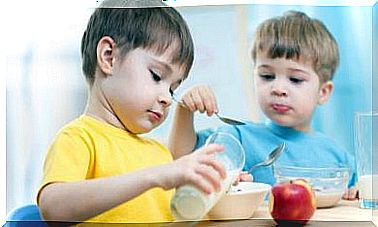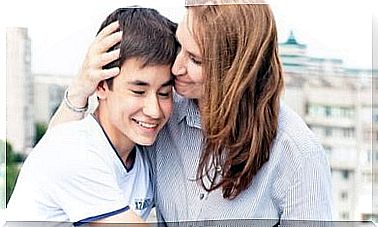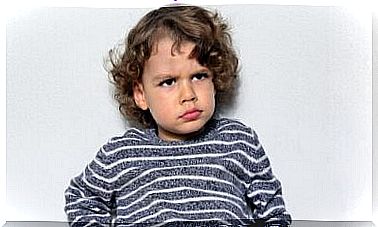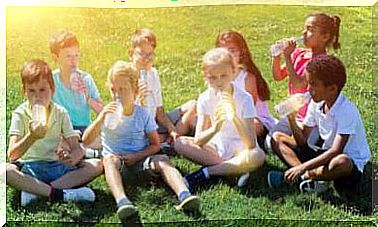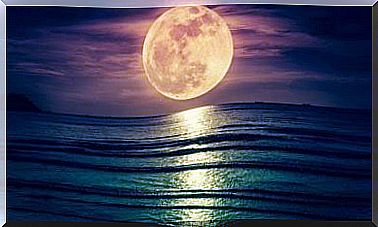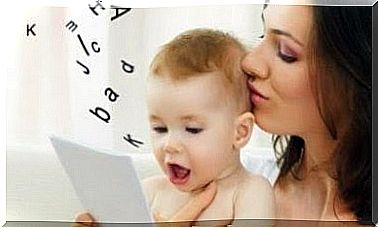How To Explain The Circulation Of Water To Children
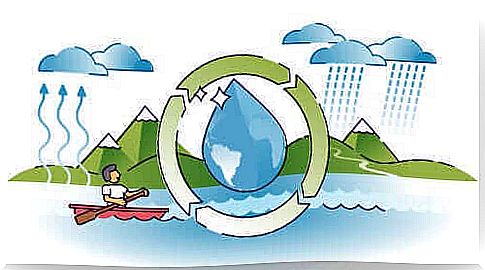
Water is one of the elements that causes the most curiosity in children. Where does water come from? Why is the sea so big? Why is it raining? These are some common questions that we can use as an aid when we explain the circulation of water to children in a simple way.
The key to helping children understand the concept of water, which in itself is quite abstract, is to relate it to everyday things. In other words, things that are familiar to them. Let’s start by defining the different “forms of water”.
How to explain the circulation of water and its various conditions to children
Water is a changing but constant element. The circulation of water is the continuous change of state through which the amount of water on the planet remains the same for millions of years. In this constant circulation, water can pass through the following conditions:
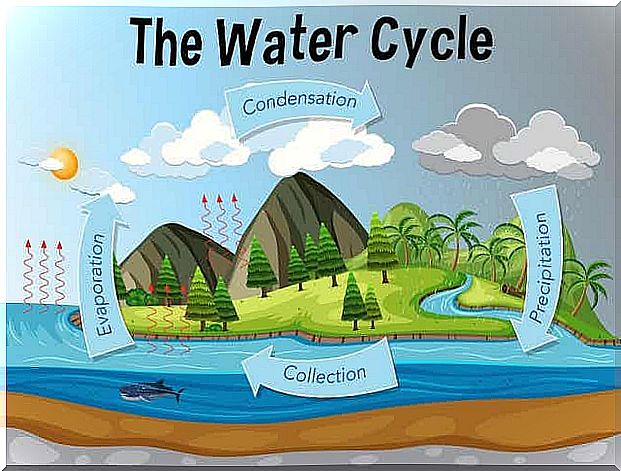
- Liquid : This form is the most common and familiar to children. Here you can start explaining the circulation of water to your children. The examples are simple and everyday because we see and touch water in a liquid state when we bathe, when we get wet from the rain or when we drink it. You can also see liquid water in both rivers and seas.
- Solid : When liquid water reaches a temperature below 0 ° C it freezes. Children can look at water in a solid state by, for example, looking at snow or an ice cube.
- Gas : In this state, the water looks like clouds, fog and water vapor. When you take a very hot bath or boil a pot of water, you can see that water vapor forms and settles on different surfaces.
Changes in the condition of the water
Once children understand the differences and characteristics of the three water states, it is time to teach them how water transitions from one state to another. To do this, you need to define some specific concepts:
- When water changes from a solid to a liquid state, the process is called melting. For example, if you leave an ice cube at room temperature, it will slowly melt and become liquid water.
- If you then put the water back in the freezer, the transition from liquid to solid is called freezing.
- The change from liquid to gaseous form is called evaporation. Water evaporates when heated to high temperatures and forms water vapor. In nature, clouds are formed by evaporation from water, such as rivers and oceans. Clouds are an accumulation of millions of water particles.
- In the opposite sense, when water in a gaseous state becomes liquid, we say that it condenses. This happens when the steam touches a cold surface, for example when the bathroom mirror becomes “foggy” when you take a shower, or when the gaseous water in the clouds experiences a large drop in temperature and condenses and then falls as rain.
How to explain the circulation of water to a child
Once we have defined the basic concepts of different water states and what their different transformations are called, we can address the issue of water circulation in nature. We start here with evaporation, but it can be explained from any point in the cycle, because it is a constant circulation.
The sun’s energy is the major driving force behind the water’s circulation. The sun’s heat reaches our planet and raises the temperature on the surface, both on earth and also the water in rivers, seas and lakes. The water is then converted to steam. Ice is also affected by the heat and becomes a liquid form and then evaporates. Living things also contribute to sweat and evaporation.
When water changes state to steam, it becomes light, rises in the air and forms clouds. Millions of particles then accumulate there and clump together. When the clouds become dense and the air temperature drops, the water condenses and falls like rain, hail or snow.
Thus, the precipitation returns the water to the ground, both in the oceans, rivers and over mountains. Where and in what form the water reaches the land again depends on differences in temperature, wind, geographical location, etc. And then the circulation starts again…
“We forget that the circulation of water and the circulation of life are one and the same.”
Jacques Y. Cousteau, sailor and researcher –
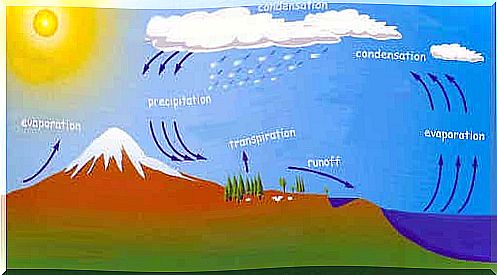
Is water a renewable resource?
It is easy to see that water changes its state and the cycle constantly continues, which is why it is said that water is a renewable resource. However, we must take care of it and use it responsibly, as its quantity is finite and not as abundant as one might think. This is especially true of drinking water, which is water that is suitable for consumption.
In this sense, we can, both at home and at school, work together to take care of the water we have using the following measures:
- Do not leave the water running when brushing your teeth.
- Fix leaking taps.
- Take a quick shower instead of a long bath.
- Do not play with water.
Explaining the circulation of water to your children is easy, as you can relate it to many everyday activities. And if you talk about taking care of the planet while doing so, you will be sure to get their attention.
